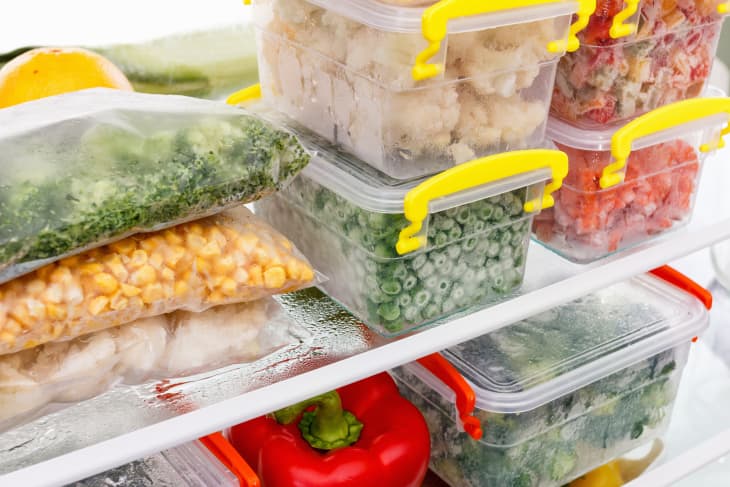5 Things to Know About Freezer Burn
Have you ever opened up your freezer to find that your once red beef is looking a little brown? Or taken a pint of ice cream out only to discover the top is covered in ice crystals? Freezer burn happens to the best of us. Here’s what you should know.
1. Freezer burn is safe to eat.
When you see that your red meat has taken on a dull brown shade, or your chicken has gone a bit pale, it’s easy to worry it’s gone bad — but it’s totally safe to eat! Freezer burn is just dehydration that happens when your frozen foods are exposed to air, and any eccentricities that you might notice in color or texture aren’t actually dangerous to your health.
2. But it might not taste awesome.
Like we said, food that has freezer burn is 100% safe to eat, but that doesn’t mean that it will taste its best. As you may have guessed, the changes in color, texture, and consistency will have an effect on the end result. So, what should you do? You can always cut away freezer burn, either before or after cooking. Or, you can stop freezer burn before it happens.
3. You can prevent freezer burn.
To keep ice crystals and discoloration at bay, your best bet is to wrap your foods really well. No air means no freezer burn. Use plastic wrap and then put your food in a resealable container. And if you put something in an airtight bag, try to make sure that all of the air has escaped from the bag before you close it up.
You should also make sure that any soups or casseroles you’re freezing hit room temperature or are cooled before you try to freeze them. And, when it comes to ice cream, don’t let the whole carton come to room temperature. Instead, scoop it into a bowl and put that pint back in the freezer!
Finally, this sounds like a no-brainer, but try to open and close your freezer as quickly as possible. This will limit the hot air that’s interacting with your frozen foods.
4. It could be your freezer’s fault.
Of course, having a freezer that’s not at or below 0 degrees is a sure way to get freezer burn. It’s always a good idea to check because the absolute best way to prevent freezer burn is to make sure that your food is frozen correctly in the first place.
5. The way you defrost matters.
The one thing that you do need to worry about when it comes to food safety is how you defrost frozen food. The absolute best way to thaw frozen meats is by leaving it in the fridge until it’s completely thawed. Leaving it on the counter could expose your food to bacteria or other contamination that can make the food unsafe to eat.
